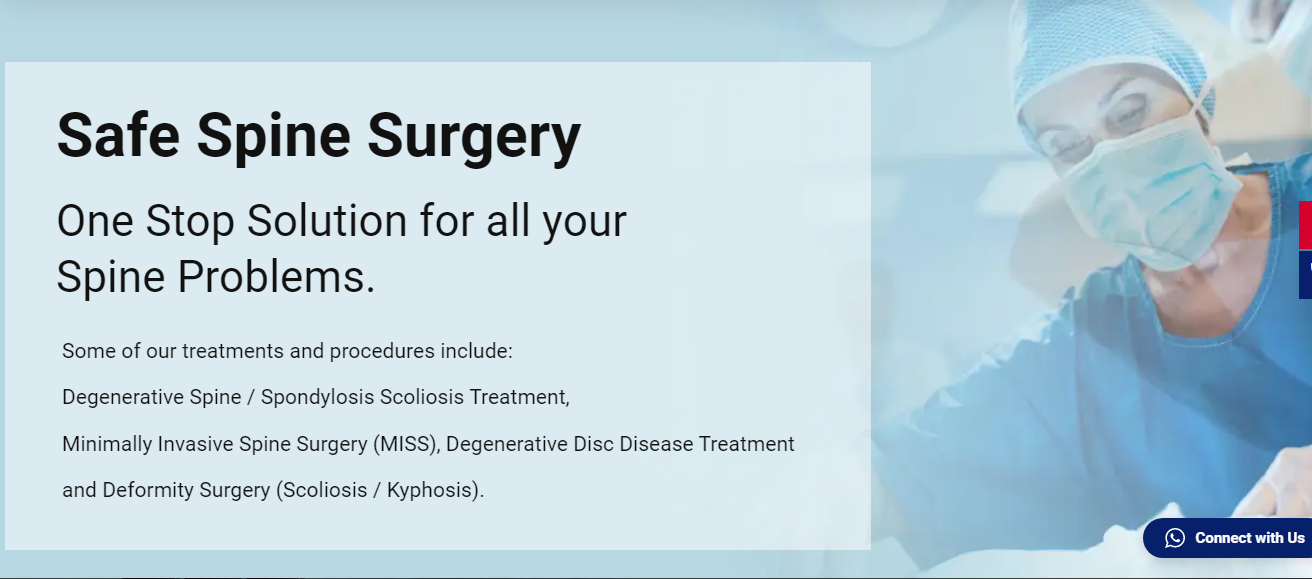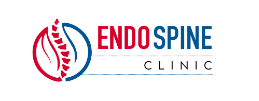+918048091516

This is your website preview.
Currently it only shows your basic business info. Start adding relevant business details such as description, images and products or services to gain your customers attention by using Boost 360 android app / iOS App / web portal.
Endoscopic Decompression & Diskectomy Dr Abhiji...

Endoscopic Decompression & Diskectomy Dr Abhijit Pawar > Endoscopic Decompression & Diskectomy- What is SED/YESS? Selective Endoscopic Discectomy™ (SED™) is a minimally invasive spine surgery technique that utilizes an endoscope to treat herniated, protruded, extruded, or degenerative discs that are a contributing factor to leg and back pain. The endoscope allows the surgeon to use a “keyhole” incision to access the herniated disc. Muscle and tissue are dilated rather than being cut when accessing the disc. This leads to less tissue destruction, less postoperative pain, quicker recovery times, earlier rehabilitation, and avoidance of general anesthesia. The excellent visualization via the endoscope permits the surgeon to selectively remove a portion of the herniated nucleus pulposus that is contributing to the patients’ leg and back pain. Thermal annuloplasty is an adjunctive procedure that uses bipolar electro-thermal energy (radiofrequency and/or laser) to ablate or depopulate the sensitized pain nociceptors in the annulus, ablate any inflammatory/grannualtion tissue that has grown into the annulus, and to shrink and tighten the stretched or torn collagen fibers of the annulus. The annulus is the outer portion of the disc and is composed of many concentric layers that are arranged similarly to the plies of a radial tire. Thus, the weakened annulus or defect left by the disc herniation is contracted and possibly sealed from within the disc.. Minimal Access Lumbar Decompression- Overview and Indications Microlaminectomy is performed for patients with symptomatic, painful lumbar spinal stenosis. It is performed to remove the large, arthritic osteophytes (bone spurs) that are compressing the spinal nerves. Most spine surgeons continue to use a rather large surgical incision and exposure without the use a microscope when performing a lumbar laminectomy, which involves a long hospital stay and prolonged recovery period. However, Dr. Spoonamore prefers to perform a microscopic surgical approach using a small, poke-hole incision, with minimal dissection, to accomplish a lumbar decompression of three spinal levels or less. This minimally invasive approach allows for a more rapid recovery, and may provide an improved long-term outcome because there is less muscle and tissue damage. Surgical Technique The surgery is performed utilizing general anesthesia. A breathing tube (endotracheal tube) is placed and the patient breathes with the assistance of a ventilator during the surgery. Preoperative intravenous antibiotics are given. Patients are positioned in the prone (lying on the stomach) position, generally using a special operating table/bed with special padding and supports. The surgical region (low back area) is cleansed with a special cleaning solution. Sterile drapes are placed, and the surgical team wears sterile surgical attire such as gowns and gloves to maintain a bacteria-free environment. A 2-3 centimeter longitudinal incision is made in the midline of the low back, directly over the area of the spinal stenosis. Special retractors and an operating microscope are used to allow the surgeon to visualize the region of the spine, with minimal or no cutting of the adjacent muscles and soft-tissues. After the retractor is in place, an x-ray is used to confirm that the appropriate spinal level is identified. A complete laminectomy or partial laminectomy/laminotomy (removal of lamina portion of bone) and foramintomy (removal of bone spurs near where the nerve comes through the hole of the spine bone) can be performed, allowing the nerves to return to their normal size and shape when the compressive lesions are removed. The nerve root and neurologic structures are protected and carefully retracted, so that the bone spurs can be visualized and removed. Small dental-type instruments and biting/grasping instruments (such as a pituitary rongeur and kerrison rongeur) are used to remove the arthritic, hypertrophic (overgrown) bone spurs and ligamentum flavum. All surrounding areas are also checked to ensure no compressive spurs or disc fragments are remaining. The wound area is usually washed out with sterile water containing antibiotics. The deep fascial layer and subcutaneous layer is closed with a few strong sutures. The skin can usually be closed using special surgical glue, leaving a minimal scar and requiring no bandage. The total surgery time is approximately 1 to 1 ½ hours. Post-Operative Care Most patients are usually able to go home 1-2 days after surgery. Before patients go home, physical therapists and occupational therapists work with patients and instruct them on proper techniques of getting in and out of bed and walking independently. Patients are instructed to avoid bending at the waist, lifting (more than five pounds), and twisting in the early postoperative period (first 2-4 weeks) to avoid a strain injury. Patients can gradually begin to bend, twist, and lift after 1-2 weeks as the pain subsides and the back muscles get stronger.

 +918048091516
+918048091516